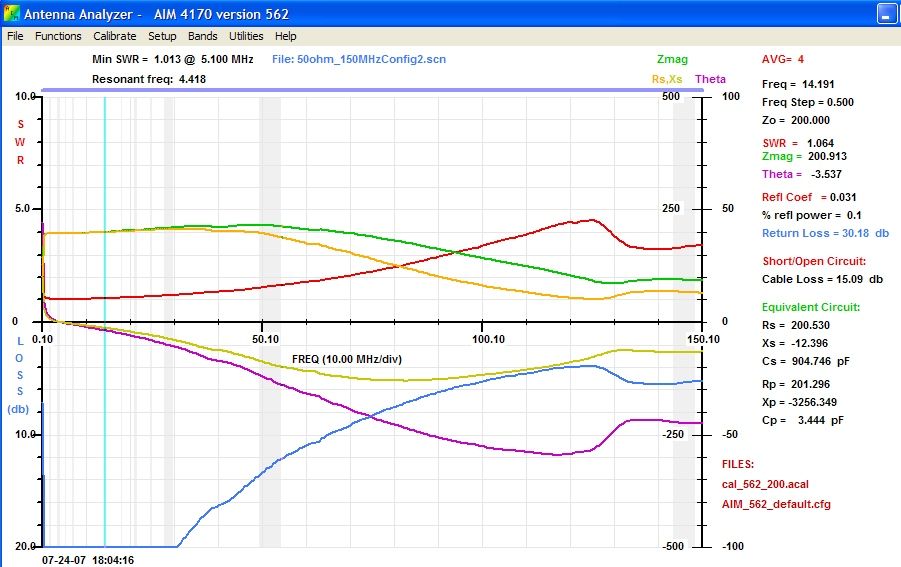I have been thinking for some time that I would like to operate on the 160 meter band. I have a loop antenna of, about 268 feet perimeter. It resonates between the 80M and 40M bands. As such, it is hard to tune in the 160M band and most of the power is used to warm up the tuner. Recently, a friend of mine, Larry Anderton, WA7YLI , remembered an odd antenna called a Directional Discontinuity Ring Radiator. Never having heard of the antenna by that name, I researched the topic and found some useful references (see below). Another friend, Jeff, McGrath, KG7HSN , has been searching for alternatives to large, highly visible, antennas in his yard. This antenna might be a solution. A few days ago, I had a QSO with Rich, K8NDS , of Prescott, AZ on 40M. He was running about 500 watts into a magnetic loop antenna. He was S9+10dB here in Salt Lake City. His QRZ page shows aerial drone photos of his antenna farm. He has had incredible results with this kind of antenna and has written a ...

